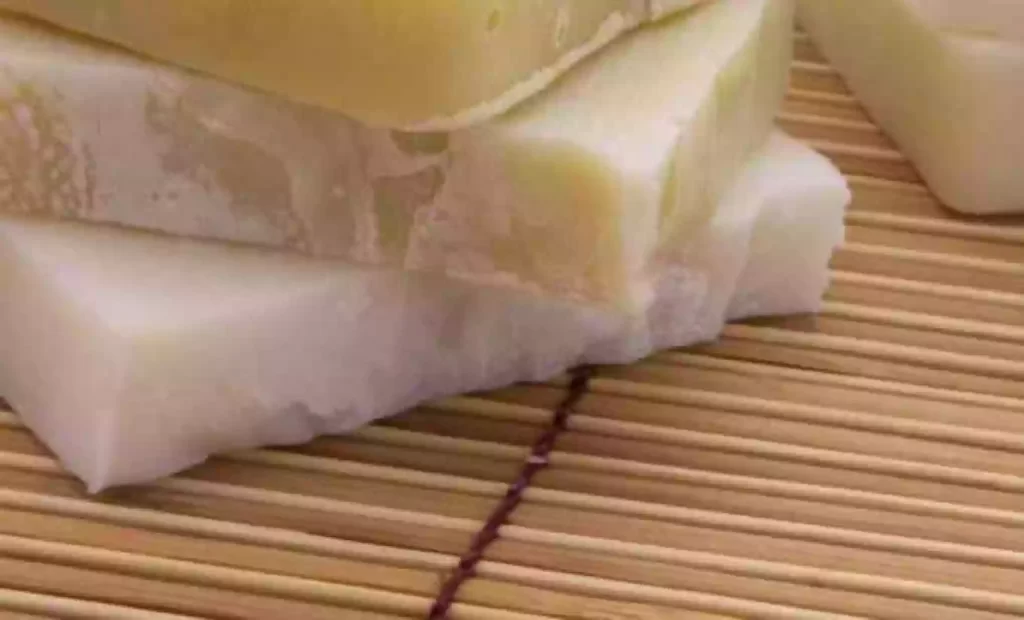How to Prevent Soda Ash in Homemade Soap
Making your soap can be a rewarding and satisfying experience. However, one common issue that soap makers often encounter is the formation of soda ash on the surface of their homemade soap. Soda ash, also known as sodium carbonate, is a white, powdery substance that can affect the appearance and quality of your soap. In this article, we will provide you with expert tips on how to prevent soda ash in your homemade soap, ensuring that your final product is of the highest quality.

Understanding Soda Ash
Before we look into prevention methods, let’s first understand what soda ash is. Soda ash is a byproduct that forms when lye, a key ingredient in soap making, reacts with carbon dioxide in the air. It appears as a powdery, white substance on the surface of soap bars, giving them a dull and unappealing appearance. While soda ash does not pose any health risks, it can frustrate soap makers who strive for perfection in their creations.
Tips to Prevent Soda Ash in Your Homemade Soap
To achieve soap bars that are soda ash-free, consider the following expert tips:
-
Insulate and Cover Your Soap Mold
When making soap, it is crucial to insulate your soap mold properly. Cover your mold with a lid or plastic wrap, a barrier that prevents air exposure during the soap’s initial curing stage. This minimizes the possibility of carbon dioxide mixing with lye and forming soda ash. Remember, a well-insulated soap mold promotes a more controlled and uniform soap curing process.
-
Work in a Low-Humidity Environment
Humidity can play a significant role in the formation of soda ash. Soap makers often find that their soap is more prone to developing soda ash in humid climates or during rainy seasons. To combat this, try working in an air-conditioned or dehumidified room. This helps to minimize moisture in the air and reduces soda ash formation.
-
Use Distilled Water or Hydrosols
The water used in soap making can affect soda ash formation. Tap water, which contains various minerals, can contribute to the development of soda ash. Opting for distilled water or hydrosols, which are floral waters, can minimize the impurities. Be cautious when using hydrosols, as they may alter the scent and color of your soap.
-
Keep Your Lye Solution Covered
When preparing your lye solution, it is important to cover the container while it cools. Leaving it uncovered can lead to the absorption of carbon dioxide from the air, which ultimately results in the formation of soda ash. By covering your lye solution, a barrier that prevents unwanted carbon dioxide interaction.
-
Spritz with Isopropyl Alcohol
Isopropyl alcohol is a helpful tool in preventing soda ash. Spraying a fine mist of isopropyl alcohol on the surface of your poured soap can act as a protective shield, preventing soda ash from forming. This technique is helpful for intricate designs or layered soaps where surface exposure is greater.
Final Words
Now that you are armed with these expert tips, you can confidently embark on your homemade soap-making journey while keeping soda ash at bay. By insulating your soap mold, working in a low-humidity environment, using distilled water or hydrosols, covering your lye solution, and spritzing with isopropyl alcohol, you can achieve soap bars that are soda ash-free. Enjoy creating beautiful, high-quality soap to impress yourself and others. Happy soap-making.